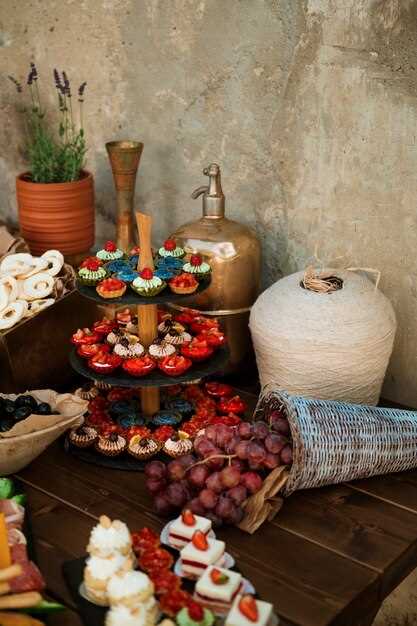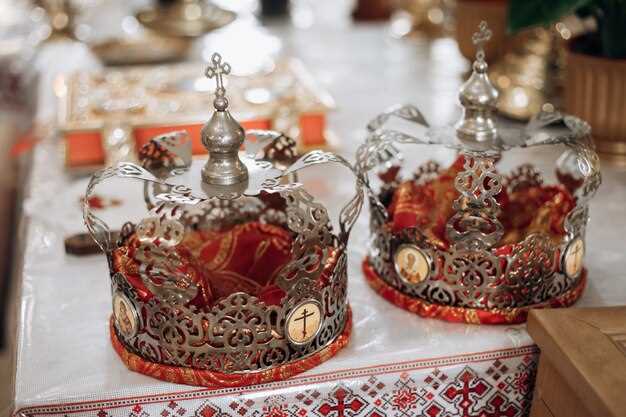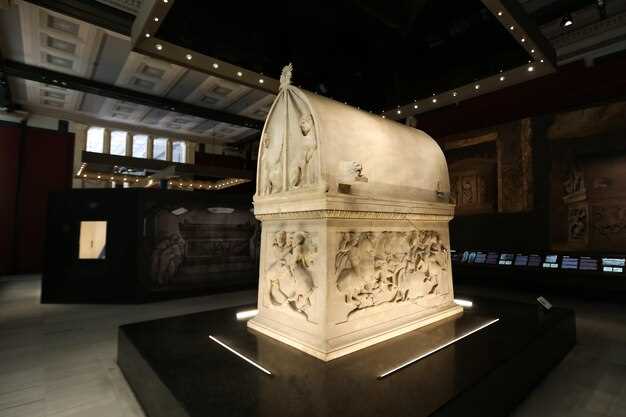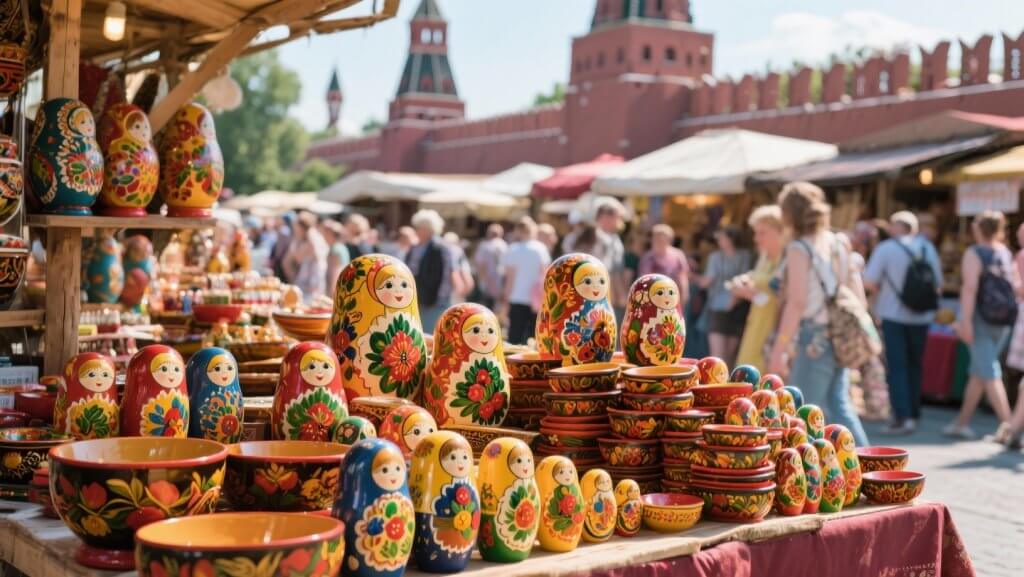Good first choice is a hand-painted lacquer box, crafted by Palekh masters, found around pokrovka in moscow.
Here you can start with literature-themed keepsakes: small books, bookmarks, and mini posters by russian authors.
Between historical streets of the city, shops offer a range of items: paintings, matryoshka sets, and some color-rich ceramics.
These sorts of gifts blend color and memory: lacquer boxes with fairy-tale scenes, wooden spoons with traditional patterns, and textiles you can take home with you.
Plan 2–3 hours before you head out to compare prices along moscow’s central streets and the smaller markets, or in moscows beyond the ring road.
For a good, practical pick, choose a home textile or a mug with a traditional pattern, and ask vendors about some historical notes behind the design.
Practical Guide to Selecting, Caring for, and Gifting Russian Keepsakes
Firstly, buy from trusted venues: museum shops, official fedoskino studios, and state galleries to guarantee provenance, solid prices, and reliable craftsmanship.
If possible, ask about the factory where it was produced; a known factory or cooperative in Russia often ensures consistent lacquer finish and clear dating, while small studios may offer unique details and personal charm.
Caring basics are simple: dust with a soft brush, avoid water on lacquer, and for wooden elements or gilded frames apply a light cream polish with a soft cloth. Keep the piece in a stable state of humidity to prevent cracking or warping.
When gifting, tailor the choice to the recipient’s hospitality style: a matryoshka set or a boxed lacquer scene fits well for home entertaining, and including a short reading about its origin can boost its meaning and the item’s popularity at family gatherings.
Consider items with authentic character: ancient icon-inspired panels, typical fedoskino motifs, and main scenes from Russian folklore, all verified by maker marks and clear provenance. Look for vibrant detailing and a balanced color palette that remains radiant under light.
After purchase, protect the piece during travel and display: wrap in tissue, place in a rigid box, and keep away from electric heating, direct sun, or high humidity. A quiet shelf in a climate-controlled room preserves the colors and the finish over time.
Navigation tips: compare prices across 3–4 galleries and official shops, ask about authentication and delivery options, and rely on reputable venues to ensure you receive a wholesome keepsake. Depending on your budget, a well-chosen piece from fedoskino or a museum shop can become a cherished gift that reaches across generations.
Spot authentic Matryoshkas: materials, hand-painting, and maker stamps
Inspect the base stamp first: you should see a maker’s mark from a recognized studio, ideally tied to sergiev Posad near Moscow. Look for sergiev, a workshop name like khlebozavod, or a signature from an individual artisan. Winters slow the flow of visitors, but a studio near the station still welcomes guests; visit during open hours to watch artisans make pieces–the direct view became the strongest proof of origin.
Authentic dolls begin with fine wood. Linden is standard for its smooth grain and light weight, while some pieces use birch. The surface typically carries a warm honey hue, with a pale white ground sometimes showing through on the first layers. Handcrafted dolls reveal natural imperfections: small knots, subtle grain lines, and tiny cracks that come from the drying process. These signs matter; they indicate the piece was carved and finished by hand rather than molded by machine.
During hand-painting, artisans map the figure with charcoal or a fine pencil before applying color. Then they build the design with multiple thin layers of fine gouache or tempera, adding shading to create depth. Expect slightly uneven strokes and gentle brush marks–these corroborate a handcrafted workflow. If a face or garment looks perfectly uniform, question whether a machine or stencil was used. The finish may include a thin varnish that leaves a subtle shine and, in older pieces, a faint perfume from the varnish or oils.
Maker stamps on the base disclose the doll’s provenance. You may see a town name like sergiev, the workshop tag such as khlebozavod, or the initials of the carver. Some stamps include the year or a seasonal motif; others rely on a hand-signed signature. The stamp should be clear, not faded, and placed on the bottom where it does not obscure the nesting features. If you peel back a tiny seam and spot a separate head or a joint, that’s also a sign of careful handcrafting rather than mass production. Following these marks and details, the provenance became easier to verify.
Shopping advice for a reliable collection: buy from artisans directly, galleries, or museum shops rather than large malls. A thoughtful approach keeps your collection cohesive: pick a theme–regional styles, yaga-inspired motifs, or a specific maker–and compare several pieces from the same period. Look for open hours at studios, the chance to see a doll near a station. Also check the weight: each doll should feel solid yet light, and the nesting should fit smoothly between pieces. Such steps help you build a collection that reflects Sergiev Posad tradition and the craft of the artisans.
Choose nesting count: 3-, 5-, or 7-piece sets by gifting goal
Best choice for most gifting goals is a 5-piece set, offering a nice balance, display potential, and a clear narrative you can tell among friends, family, or colleagues. If you’re trying to pick quickly, this version covers different recipient moods and keeps options easily manageable.
-
3-piece set
- Where to use: ideal for a quick thank-you at a small gathering or as a host gift.
- Includes: a charcoal print card, a tiny bottle ornament, and a shapka-inspired pin.
- Symbolism: a compact story about ordinary moments and background crafts that stays memorable.
-
5-piece set
- Best for: a mid-range gift for colleagues or a small family celebration.
- Includes: a nesting item with Matryoshka-like design, a charcoal print, a small bottle charm, a jewellery piece, and a badge with 17th-century and revolution-era motifs.
- Travel and display: easily arranged, you can place items separately or together to show a coherent scene; where you set them matters for impact.
- Guidance: dont overload the set with too many items, and use this version to help identify what resonates with your recipient.
- Background and symbolism: explain how the pieces connect to Russian background and symbolism, and point to where such motifs originated among different centers of craft.
- Depend on the recipient’s taste to fine-tune the balance between keepsakes and display items.
-
7-piece set
- For: collectors, special events, or a showpiece gift.
- Includes: two jewellery pieces, an extra Matryoshka element, a larger charcoal print, a bottle keepsake, a background card, and a warread motif badge.
- Storytelling: this version dives into more intricate symbolism, showing how 17th and Soviet-era designs intersect with modern preferences.
- Tip: arrange items to highlight contrasts between ordinary objects and collector-worthy pieces.
Care tips: avoid moisture, gentle cleaning, and proper storage
Keep each piece in a very dry state. Place silica gel packs inside the storage box and stop humidity from seeping in to protect enamels, charcoal inlays, and the clad metal trim. This care preserves beauty and the favorite details that tell a strong story of crafted expertise found in your goods.
For gentle cleaning, wipe with a very soft, lint-free cloth. If needed, dampen the cloth lightly and wipe, then immediately dry with another cloth. Do not soak or scrub enamels or inlays; avoid abrasive cleaners. If a piece has pokrovka, clean around the edge instead of rubbing the surface.
Store them within a lined box or wrapped in acid-free tissue and keep each item separate to prevent scratches. Label the container with its name, state, and care notes to guide future shopping or tours references. Some labels even show a finifty-year shelf note; treat it as a rough estimate, not a guarantee. Place the box in a cool, dry place away from direct sun. Use a small desiccant pack to maintain a wholesome humidity level, and check it regularly. If you found a damp spot, stop using that pack and replace it.
Material details matter: enamels in honey tones, finishes, and inlays vary; cleaned and stored properly, your favorite handcrafted goods retain their shine for years. If a piece is wealthy in value, handle with extra care and avoid stacking. Always check for loosened clasp or loose stone before display. Prices and provenance labels help you decide how to store and present them at home or in a shop.
Where to buy authentic Russian crafts: trusted shops, markets, and fairs
Firstly, head to eliseevsky in downtown Moscow for specialty gifts and reliable quality, with items such as valenki, samovars, and white porcelain that suit home display. The staff can help you choose sizes and color options, and the shop’s deep background reflects russias craft heritage.
Then explore Izmaylovo Market, one of the oldest fairs near the kremlin, to see lacquer boxes, carved wood, textiles, and traditional souvenirs. Those stalls offer sorts of crafts, from everyday keepsakes to showpiece items. dont hurry–after you compare options, examine craftsmanship, and watch for stamps that prove origin. Some pieces echo revolution-era styling; verify authenticity if a deal feels too good to be true. Those sellers said the market remains a reliable source for genuine pieces.
Continue downtown at okhotny station and novopodrezkovo station areas, where trusted shops offer valenki, samovars, porcelain, and wooden dvor pieces. You can easily compare options and find pieces that travel well or fit a small album of prints and notes for reference. As locals said, these stores maintain steady quality.
Choose Kremlin-themed items or white-background ceramics with attention to color and finish. Look for durable glaze, request different sizes, and ask to see items in a couple of backgrounds to match your decor. These specialty runs come from russias artisans and ship well, whether you gift them or display them at home.
Gift pairings: lacquer boxes, Khokhloma spoons, and Palekh miniatures with Matryoshkas
Pair these three items as a coordinated gift set: a lacquer box, a set of Khokhloma spoons, and a Palekh miniature tucked inside a Matryoshka. This trio delivers immediate impact, a nested reveal, and lasting home display value.
Choose a birch-lacquer box with floral scenes–the most common palette blends honey-gold accents with red and black. The box weighs roughly 200–350 grams and measures about 10–12 cm in height. The craftsmanship is intricate, with many layers of lacquer building a glassy finish that protects delicate scenes. Keep the box on a shelf in a home gallery or near okhotny street displays to emphasize its regional roots and add a wonderful touch to your collections.
The Khokhloma spoons bring a bold contrast. The handles are painted, then lacquered to a high gloss; typical spoon length is 15–22 cm, weight 25–40 grams each. They come in sets of 4–6 items, making a practical yet collectible gift. This pairing complements the box by extending the color story and highlighting the clash of floral motifs with the Palekh palette. They are rare relics of the craft, often linked to the Nizhny Novgorod region and active in local markets and specialty shops.
Palekh miniatures with Matryoshkas showcase narrative artistry. Matryoshka outer dolls range from 12–15 cm tall, with inner dolls down to 3–5 cm. Palekh miniatures are tiny, highly detailed scenes from folklore and literature, a small symbol of Russia’s regional artistry. Nested within the outer Matryoshka, the miniature offers a surprising, high-detail moment that invites close inspection on a quiet home corner or gallery shelf.
For a polished presentation, arrange them on a hand-finished tray in a calm, well-lit spot near a floral display. The trio works well in a home gallery, a dedicated shelf, or a mall window display that combines relics of craft with contemporary style. If you want to tell a story, place the Matryoshka with Palekh inside beside the lacquer box and Khokhloma spoons, creating a 3-item narrative that turns a single purchase into a small, nested collection.
| Item / Pairing | Origin / Region | Materials / Techniques | Typical Size / Weight (grams) | Why it pairs | Care / Display Tips |
|---|---|---|---|---|---|
| Lacquer box | Birch wood; Kholm, Palekh, and other regional styles | multilayer lacquer; floral scenes; high-gloss finish | 10–12 cm height; 150–350 g | Intricate scenes; carries craftsmanship across regions; sets a refined tone for a home gallery | |
| Khokhloma spoons (set) | Nizhny Novgorod region | gold on red/black lacquer; durable | 15–22 cm per spoon; 25–40 g each | Bold contrast to the box; enhances color storytelling; practical as well as collectible | |
| Palekh miniature with Matryoshka | Palekh / Sergiev Posad region | papier-mache base; lacquer paints; intricate scenes | Outer Matryoshka 12–15 cm; inner dolls 3–5 cm | Rare, refined artistry; adds a nested, surprising reveal |

 러시아 기념품 - 전통 선물 가이드 &">
러시아 기념품 - 전통 선물 가이드 &">

 Moscow Sheremetyevo SVO Airport Guide – Flights, Terminals & Transport">
Moscow Sheremetyevo SVO Airport Guide – Flights, Terminals & Transport">
 Moscow Attractions Opening Hours 2025 – Plan Your Visit">
Moscow Attractions Opening Hours 2025 – Plan Your Visit">
 Visiting Tsarskoe Selo and Pushkin – A Practical Guide to Catherine Palace and Sights">
Visiting Tsarskoe Selo and Pushkin – A Practical Guide to Catherine Palace and Sights">
 History of Moscow – Past, Present, and Future of the Russian City">
History of Moscow – Past, Present, and Future of the Russian City">
 The Armory Chamber Becomes a Museum – Historic Milestone">
The Armory Chamber Becomes a Museum – Historic Milestone">
 Moscow Public Transit – The Troika Card and Unified Tickets">
Moscow Public Transit – The Troika Card and Unified Tickets">
 Vnukovo Airport Guide – Flights, Terminals, and Travel Tips in Moscow">
Vnukovo Airport Guide – Flights, Terminals, and Travel Tips in Moscow">
 Where to Stay in Moscow – 7 Best Areas from a Local">
Where to Stay in Moscow – 7 Best Areas from a Local">
 Royal Abode – 500 Years Since the Foundation of Moscow’s Novodevichy Convent">
Royal Abode – 500 Years Since the Foundation of Moscow’s Novodevichy Convent">
 Local Markets and Where to Buy Authentic Russian Souvenirs: A Treasure Hunt in Moscow">
Local Markets and Where to Buy Authentic Russian Souvenirs: A Treasure Hunt in Moscow">